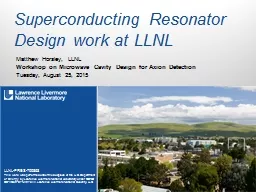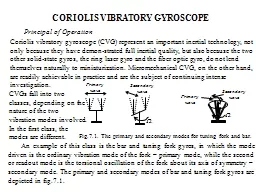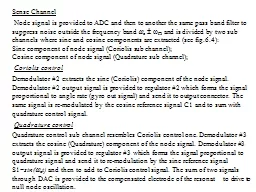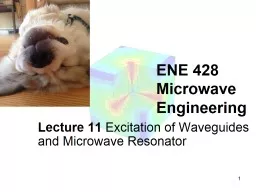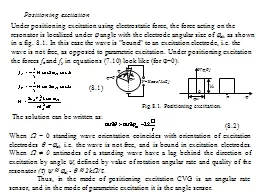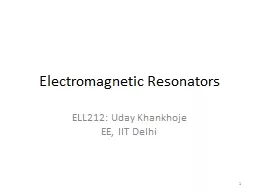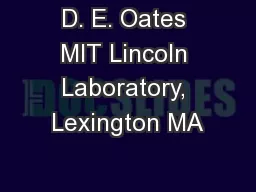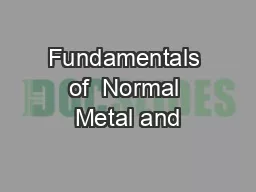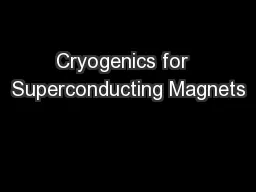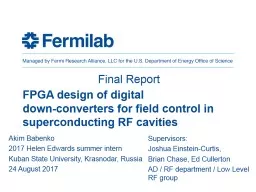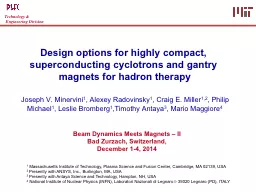PPT-Superconducting Resonator
Author : phoebe-click | Published Date : 2018-09-22
Design work at LLNL Matthew Horsley LLNL Workshop on Microwave Cavity Design for Axion Detection Tuesday August 25 2015 Outline Introduction Design Considerations
Presentation Embed Code
Download Presentation
Download Presentation The PPT/PDF document "Superconducting Resonator" is the property of its rightful owner. Permission is granted to download and print the materials on this website for personal, non-commercial use only, and to display it on your personal computer provided you do not modify the materials and that you retain all copyright notices contained in the materials. By downloading content from our website, you accept the terms of this agreement.
Superconducting Resonator: Transcript
Download Rules Of Document
"Superconducting Resonator"The content belongs to its owner. You may download and print it for personal use, without modification, and keep all copyright notices. By downloading, you agree to these terms.
Related Documents

